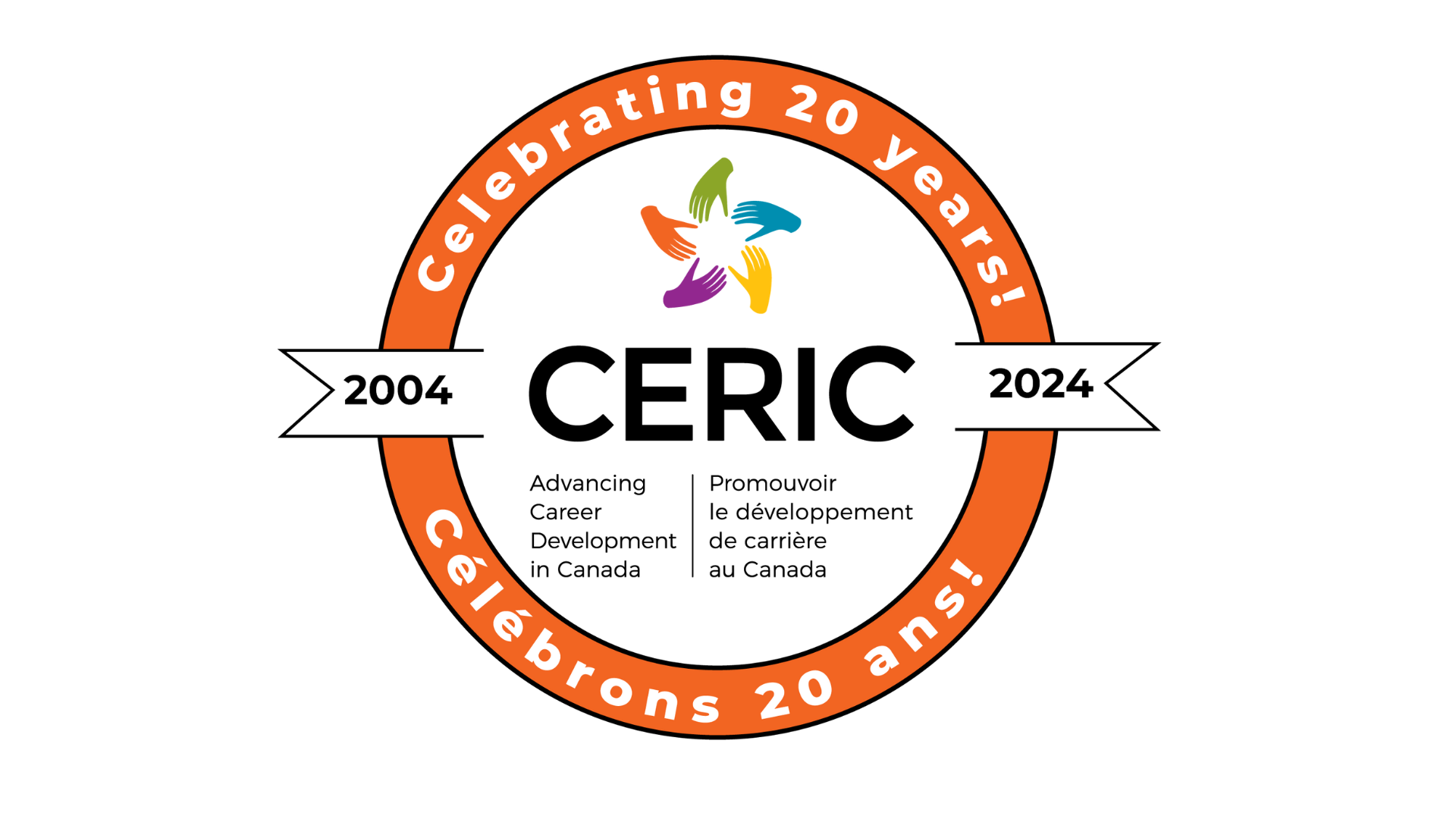Picking a job over a career: The woes of immigrants
January 5, 2024
CERIC celebrates 20 years of Advancing Career Development in Canada
January 11, 2024Police officers play an integral part in enforcing community laws and maintaining order; however, recent surveys show a trending decline in the public’s trust and confidence in Canadian police every year (Government of Canada, 2023). More specifically, Canadians rank police low on areas of sensitivity and fair treatment of minorities, including Indigenous people, racialized groups, people with a disability and 2SLGBTQ+ individuals (Government of Canada, 2023). These results emphasize the need for policing organizations to re-evaluate the effectiveness of their diversity and community policing strategies to ensure they are appropriately meeting the needs of all communities.
Most Canadian policing organizations have statements or strategies regarding their commitment to equity, diversity and inclusivity (EDI) to meet the needs of Canada’s increasingly diverse populations. Many police forces have initiated bias and diversity training programs to reduce the impact of negative biases on marginalized groups. However, the long-term effectiveness of these programs is not substantiated (Lai & Lisnek, 2023).
A common solution in combatting concerns of bias and sensitivity toward marginalized groups is increasing representation of those groups in recruitment efforts (Olzmann, 2020). Diversification of police forces has been promoted as a way to improve police-community relations, reduce systematic biases and promote equitable policing (Peyton, et al., 2022). The representation of marginalized groups in policing has been demonstrated to be effective in increasing community trust and co-operation, and improving treatment of minority communities (Riccucci, et al., 2018; Bradbury & Kellough, 2011).
Although diversification of police forces may mend many of the concerns regarding public trust, there are recruitment barriers amongst marginalized populations (Jordan et al., 2009). Generations of systemic and discriminatory polices within policing have contributed to a lack of trust among marginalized groups, which has a negative impact on interest in pursuing policing as a career (Vermeer et al., 2020). Vermeer and colleagues also found that recruitment efforts by police organizations use mainstream outlets that marginalized communities may not access, including word of mouth of current employees or conventional advertisements. However, successful recruitment of diverse individuals is shown to increase trust within the community and decrease perceptions of bias with law enforcement agencies (Hodges, 2015; Szeto, 2014).
Therefore, as Canadian policing organizations grapple with statistically decreasing levels of trust, this will inevitably continue to affect recruitment efforts and the public’s perception of fair treatment by police (Government of Canada, 2023; Vermeer et al., 2020). Research demonstrates that the inclusion of diverse populations has increased community policing efforts, while diversity programming is shown to have marginal effects on changing officers’ beliefs or behaviour; this supports the need to implement changes at the recruitment process level (Hodges, 2015; Szeto, 2014; Lai & Lisnek, 2023).
In this context, I propose that additional research is needed to identify qualitative information about how recruiters expect and anticipate police officers to demonstrate the values of their EDI statements. This information could be used to improve recruitment screening process by operationalizing and identifying qualities that are important for police services to embody. In turn, these efforts ameliorate the relationship between police organizations and marginalized communities, by providing recognition and space for their experiences in policing and by demonstrating concern of sensitivity and fair treatment at the employment intake level.
Amanda Assi is a graduate student pursuing an MSc in Counselling Psychology at the University of Calgary. She aspires to contribute to research pertaining to diversity and social justice efforts in the recruitment of law enforcement personnel. Amanda’s expertise derives from her experience as a member of a police recruitment team in a large policing organization.
References
Bradbury, M., & Kellough, J. E. (2011). Representative bureaucracy: Assessing the evidence on active representation. The American Review of Public Administration, 41(2), 157–167. https://doi.org/10.1177/0275074010367823
Government of Canada, R. C. M. P. (2023, January 5). Client and partner survey results 2021-22. Client and partner survey results 2021-22 | Royal Canadian Mounted Police. https://www.rcmp-grc.gc.ca/en/reports-research-and-publications/client-and-partner-survey-results/client-and-partner-survey-results-2021-2022
Hodges, B. (2015, October 8). 7 tips for building a diverse police workforce. Police1. https://www.police1.com/police-products/training-products/articles/7-tips-for-building-a-diverse-police-workforce-r5aNKKwatMZqCrsM/
Jordan, W. T., Fridell, L., Faggiani, D., & Kubu, B. (2009). Attracting females and racial/ethnic minorities to law enforcement. Journal of Criminal Justice, 37(4), 333–341. https://doi.org/10.1016/j.jcrimjus.2009.06.001
Lai, C. K., & Lisnek, J. A. (2023). The impact of implicit-bias-oriented diversity training on police officers’ beliefs, motivations, and actions. Psychological Science, 34(4), 424–434. https://doi.org/10.1177/09567976221150617
Olzmann, J. A. (2020). Diversity through equity and inclusion: The responsibility belongs to all of Us. Molecular Biology of the Cell, 31(25), 2757–2760. https://doi.org/10.1091/mbc.e20-09-0575
Peyton, K., Weiss, C. M., & Vaughn, P. E. (2022). Beliefs about minority representation in policing and support for diversification. Proceedings of the National Academy of Sciences, 119(52). https://doi.org/10.1073/pnas.2213986119
Riccucci, N. M., Van Ryzin, G. G., & Jackson, K. (2018). Representative bureaucracy, race, and policing: A survey experiment. Journal of Public Administration Research and Theory, 28(4), 506–518. https://doi.org/10.1093/jopart/muy023
Szeto, J.K. (2014), Policing Diversity with Diversity: Exploring Organizational Rhetoric, Myth, and Minority Police Officers’ Perceptions and Experiences, Unpublished Master’s thesis, Wilfrid Laurier University, Ontario, Canada.
Vermeer, S.-J., Stickle, B., Frame, M., & Hein, M. (2020). Reasons and barriers for choosing police careers. Policing: An International Journal, 43(5), 817–830. https://doi.org/10.1108/pijpsm-05-2020-0074
